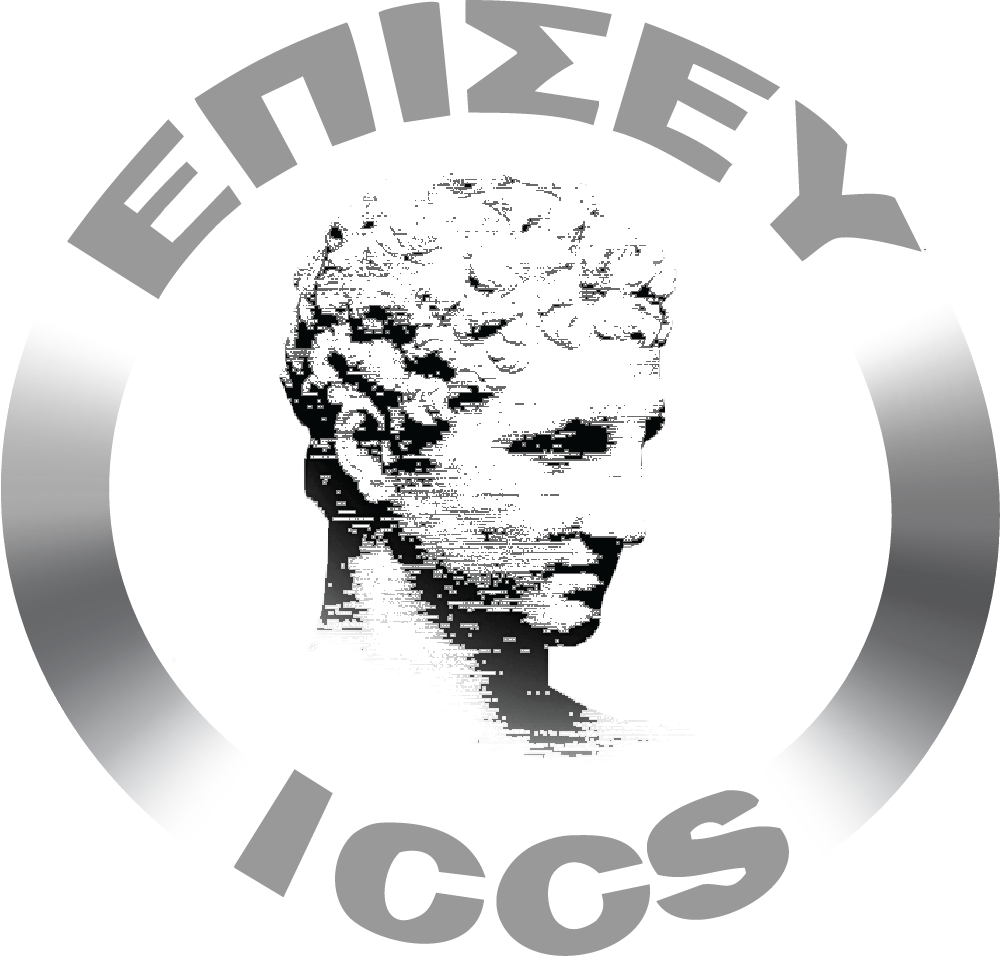Technical Session I
Date:Tuesday, November 22nd, 2016
Time: 15.30-17:00
Chair: Patrick Bourdot, CNRS/LIMSI
VD1: A hybrid 2D/3D environment
Matthias Bues and Benjamin Wingert
Abstract: As of today, the GUI desktop and immersive virtual reality (VR) are more or less separate worlds. In particular, most VR applications targeted towards large scale 3D displays or projection systems, are standalone solutions built for a particular use case, such as CAD review or ergonomic analysis. Where required, 2D information is integrated into these 3D environments on a casual basis only, which leads to significant constraints on the possible workflows with these applications. A more tight integration of common 2D applications with VR in a common interaction environment could greatly widen the range of use cases for 3D/VR applications, as users would no longer be required to explicitly switch from a 2D (GUI-like) to a VR user interface and vice-versa. Instead, 2D and VR applications would both reside in one single interaction space, in which users work with 2D and 3D information and the associated application software in a seamless way. In this paper, we describe the Virtual Desktop One (VD1) system, our concept and implementation of a seamless 2D/3D interaction environment that integrates existing, unmodified GUI-based and 3D/VR applications into a common visualization and interaction space, which supports different interaction devices and modes. We propose a highly flexible and efficient method of VR application integration, which requires only minor modifications to existing VR application software. We describe the architecture of VD, along with relevant implementation aspects. We further describe the evaluation by an example of VR application integration, and discuss the benchmark and usability results we have obtained so far.
The Smart Home Simulator: a Semantic Mixed-Reality application for domestic environments configuration
Gianfranco E. Modoni, Daniele Spoladore, Sara Arlati, and Luca Greci
Abstract: This paper introduces the Smart Home Simulator (SHS), a mixed reality application supporting the design and the configuration of the smart objects (SOs) within a domestic environment, with the aim of answering to specific users’ needs. SHS finds its most suitable exploitation in the field of Ambient Assisted Living, providing tailored services to the home dwellers. In particular, it exploits the virtual and mixed reality features, which allow the simulation and testing of different SOs solutions. Smart objects are made interoperable taking advantage of semantic web technologies, which provide a comprehensive overview on the relevant aspects that must be considered to tailor the proposed solution to the end user’s needs, also including his/her health condition. The SHS is useful both during the “static” design phase, during which the Smart Home designer places the various SOs within the domestic environment, and during the “dynamic” design phase, in which the end user can actually test the SOs interaction through a properly simulated virtual scenario. Finally, the paper reports two use cases in order to show the potential of the herein introduced application.
Developing multimodal virtual experiences based on low-cost games mechanisms, under the perspective of artistic creation
Stavroula Zoi
Abstract: This paper investigates the use of low-cost games mechanisms for prototyping and developing multimodal virtual experiences, under the perspective of artistic creation. The artistic project “Rowing courses” (Nikos Papadopoulos, 2016, http://www.nikospapadopoulos.eu/), a multimodal navigation experience in a virtual utopian space, is used as a case study. In this multimodal navigation experience, the participant resists to a perpetual fall through voice, while can navigate horizontally through a physical paddle. The virtual experience can also become collective and participatory, through the help of a performer. The implementation of the “Rowing courses” project was based exclusively on games mechanisms that were adapted to the needs of a virtual installation extended in the physical space. The study focuses on design issues and an emphasis is given on an open system architecture enabling the development of different modes of artistic actions and real time parameter configuration for adjusting the virtual experience.
Effects of Visual Fidelity and View Zoom on Task Performance in Virtual Reality
Lal Bozgeyikli, Andrew Raij, Srinivas Katkoori and Redwan Alqasemi
Abstract: Training with virtual reality is a promising application area with many benefits. However, it is unclear what characteristics of virtual environments affects training effectiveness and performance. This study aims at exploring effects of visual fidelity (high and low) and view zoom (normal and magnified) on task performance in virtual reality. Effects of visual fidelity have previously been explored but yielded different results based on the task design. Effects of view zoom on task performance haven’t been explored yet. An inspection task in virtual reality was developed and a user study was performed with 15 participants. Results indicated that low visual fidelity led to better task performance whereas view zoom did not have an effect on the performance.

